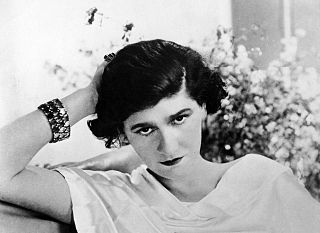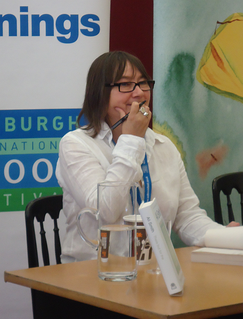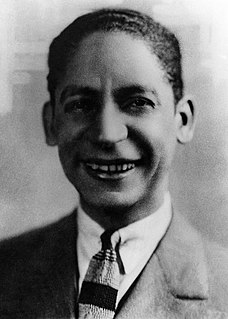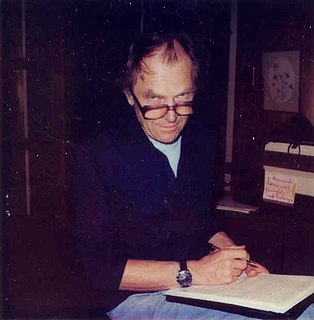A Quote by Fred Brooks
A design style is defined by a set of microdecisions. A clear style reflects a consistent set. A clear style may not be a good style; a muddled one never is.
Related Quotes
Many young web designers view their craft the way I used to view pop culture. It's cool or it's crap. They mistake Style for Design, when the two things are not the same at all. Design communicates on every level. It tells you where you are, cues you to what you can do, and facilitates the doing. Style is tautological; it communicates stylishness. In visual terms, style is an aspect of design; in commercial terms, style can communicate brand attributes.
Many an expert says that there is a certain affinity between (Capablanca's style) and that of the world master, Lasker. There may be some truth in it. Lasker's style is clear water, but with a drop of poison which is clouding it. Capablanca's style is perhaps still clearer, but it lacks that drop of poison.
I don't believe, in the end, that there is any such thing as no style. Even a very neutral, plain style, one that doesn't use colloquialisms, lyrical flourishes, heavy supplies of metaphor, etc., is a style, and it becomes a writer's characteristic style just as much as a thicker, richer deployment of idiom and vocabulary.
I had studied Dadaism after the Second World War. What attracted me to this movement was the style its inventors used when not engaged in Dadaistic activities. It was clear, luminous, simple without being banal, precise without being narrow; it was a style adapted to the expression of thought as well as of emotion. I connected this style with the Dadaistic exercises themselves




































